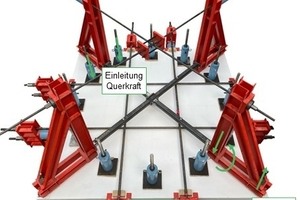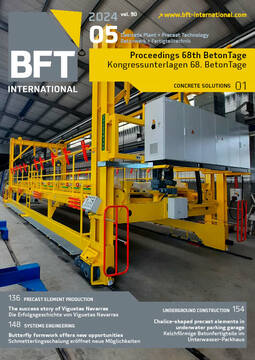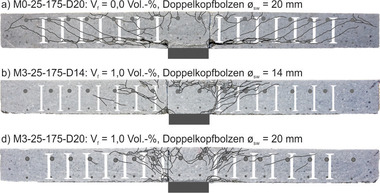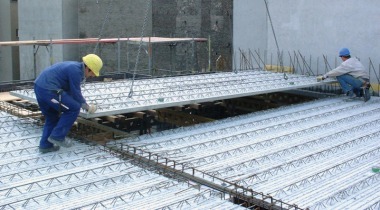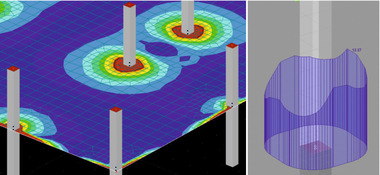Punching shear design in the new EC2 version: Experimental quantification of unconsidered system influences
Point-supported slabs – flat slabs – allow for an efficient and variable room design and thus sustainable use of buildings. Due to the concentrated load application and the associated risk of punching shear failure, the slab-column node is often a crucial design detail. To investigate the punching shear behavior at this node, numerous tests were carried out on flat slab cutouts in recent decades. These represent the slab area from the column to the line of moment contraflexure and are significantly more efficient to manufacture than multi-span flat slab systems. While the main characteristics influencing punching shear behavior were identified and form the basis of current design equations (see the current EC2 version), investigations on flat slab systems show considerable load reserves. These are attributable to occurring moment redistribution and the compressive membrane action, which can be considered for the first time in the new EC2 version using supplementary approaches.
To fill the gap in experimental data for deriving more advanced design equations, a new test setup was developed for the efficient investigation of system behavior using flat slab cutouts with load-dependent additional loads (positive moment and compressive membrane action) (Fig. 1). This was used to carry out an extensive test program with a total of ten test specimens in two test series. Test results show load increases of more than 30 % with simultaneously reduced deflections compared to the conventionally tested flat slab cutouts. The experimental results can serve as a basis for a more economical design of flat slabs.

